FANNY CROSBY– HER LIFE
AND SONGS
Joycelyn Chng
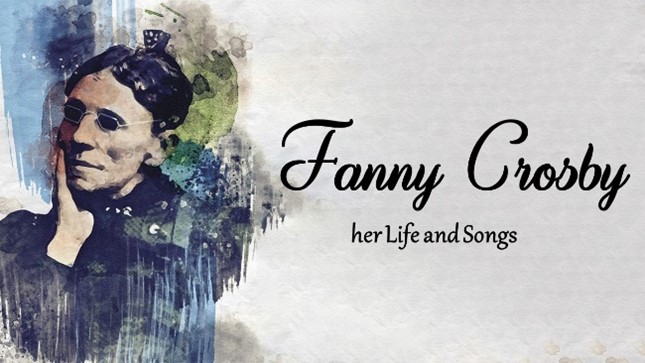
At the church camp in June this year, a cantata entitled “Fanny Crosby – Her Life and Songs” was presented. This presentation was four years in the making. It all started in early 2020, when the late Mrs Jemima Khoo planned a cantata on Fanny Crosby to be presented at the church camp that was to be held in Penang in June that year. It was an adaptation of a presentation that Gethsemane BPC had done 15 years earlier, with permission from Rev Koshy. Roles were assigned and the choirs were readied, but we never got round to rehearsing as the COVID-19 pandemic curtailed all plans. The church camp was eventually cancelled, and the cantata shelved.
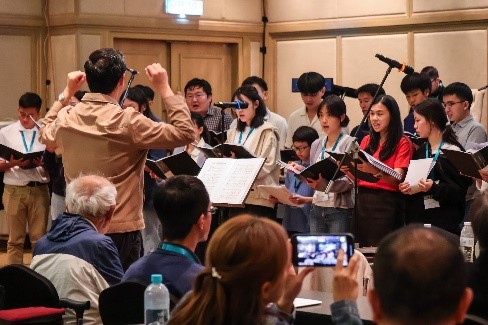
When it was announced that this year’s church camp would be held in Penang, the Lord placed a burden in sister Judith’s heart to complete the work that was begun by the late sister Jemima and present the cantata in loving memory of her. With Pastor’s blessing, sister Judith and brother Ming Kuang assembled a team and started preparing for the cantata. At the church camp, weeks of rehearsals culminated in the presentation of the Fanny Crosby story interweaved with the singing of her hymns by the choirs and the congregation. By God’s grace and to His glory, many campers were much ministered to through the presentation.
Her Significance
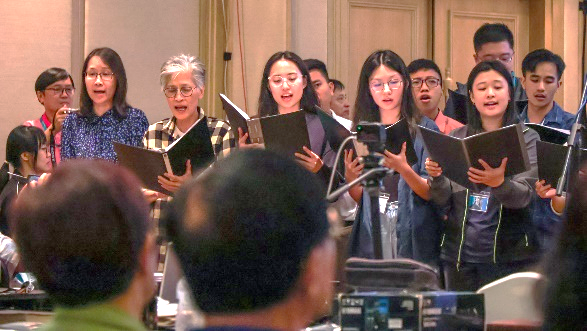
Who was Fanny Crosby and why is her story worth telling? Officially named Frances Jane Crosby, she was a prolific hymnwriter of more than 8,000 hymn and gospel song texts and can be said to be a household name amongst Christians. It is not uncommon to find a large number of her hymns published in any one hymnal. In fact, it has been noted that many of her hymns have played an important part in evangelical worship through the years. Her reputation as “the remarkable leading poet of the gospel hymn movement” would be justified by virtue of her immense contribution to Christian hymnody. Nevertheless, there was something more to Fanny Crosby that has endeared her to Christians and caused her life story to be recounted in various forms time and time again for the edification of the saints.
Her Blindness
 Fanny Crosby was born in New York on March 24, 1820, to John and Mercy Crosby. At the tender age of six weeks, she developed a bout of sickness which led to inflammation of her eyes. She was subsequently blinded following improper medical treatment by a local physician. When she was six months old, her father died.
Fanny Crosby was born in New York on March 24, 1820, to John and Mercy Crosby. At the tender age of six weeks, she developed a bout of sickness which led to inflammation of her eyes. She was subsequently blinded following improper medical treatment by a local physician. When she was six months old, her father died.
Despite suffering these setbacks early on in her life, Fanny Crosby did not become bitter. She was brought up by her mother and particularly her maternal grandmother who taught her the Word of God and guided her in memorising long Bible passages.
Years later, Fanny Crosby would say of her blindness, “It seemed intended by the blessed providence of God that I should be blind all my life. Although it might have been a mistake on the doctor’s part, it was God’s intention that I should live in physical darkness all my life so as to be better prepared to sing His praise and to lead others from spiritual darkness into eternal light. With sight I would have been too distracted to have written thousands of hymns.” Arguably, Fanny Crosby’s persistent faith in God despite her physical blindness is the reason her life story has such profound impact on all who are acquainted with it.
Her Talent
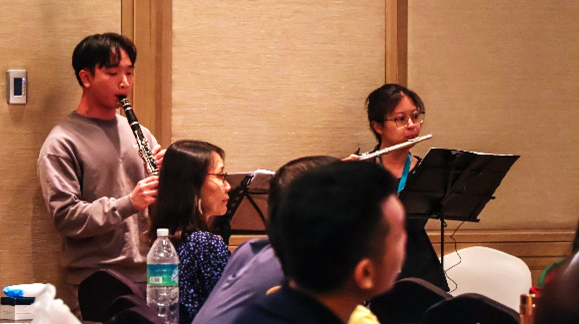
Fanny Crosby displayed a special poetic talent early in life. At the age of eight, she wrote her first recorded poem, which revealed her joy despite her blindness:
O what a happy soul am I!
Although I cannot see,
I am resolved that in this world,
Contented I will be;
How many blessings I enjoy
That other people don’t.
To weep and sigh because I’m blind,
I cannot and I won’t.
She published her first volume of secular poems at the age of twenty-four and became a popular secular poet, while also teaching at the New York School for the Blind. It was only when she was in her early forties, that she began to write gospel hymn lyrics through the encouragement of William Bradbury, a well-known church musician. Fanny Crosby testified that she then became the “happiest creature in all the land.” Indeed, there can be no better way to use one’s God-given talent than in the service of the Giver Himself (cf. 1 Pet 4:10). Fanny Crosby also wrote hymns using over 200 pen names. It is said that she wrote three new hymns a week at one stage in her life, a testament to the poetic talent God had blessed her with.
Her Hymns
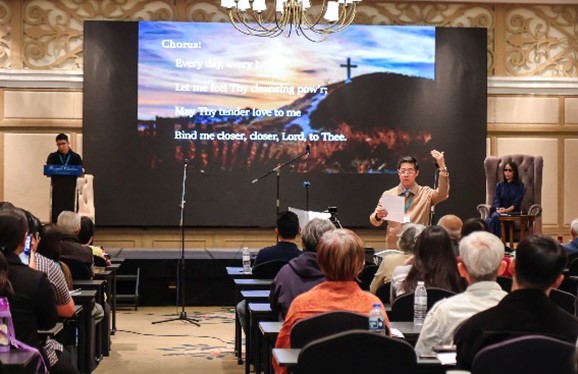
Some of Fanny Crosby’s universally known hymns include All the Way My Saviour Leads Me, Blessed Assurance, Rescue the Perishing, Saved by Grace, To God Be the Glory and My Saviour First of All. One oft-told story pertains to the writing of the hymn, My Saviour First of All. A well-meaning Scotch minister had remarked to her, “I think it is a great pity that the Master, when He showered so many gifts upon you, did not give you sight.” She responded without skipping a beat, “Do you know that if at birth I had been able to make one petition to my Creator, it would have been that I should be born blind?” “Why?” asked the surprised clergyman. “Because, when I get to heaven, the first face that shall ever gladden my sight will be that of my Saviour.”
Other hymns such as Rescue the Perishing, based on Luke 14:23, and Saved by Grace, were used frequently by Ira Sankey in his evangelistic campaigns with D L Moody. Sankey testified of how God had greatly used these hymns to convict many to repent of their sins.
Her Faith
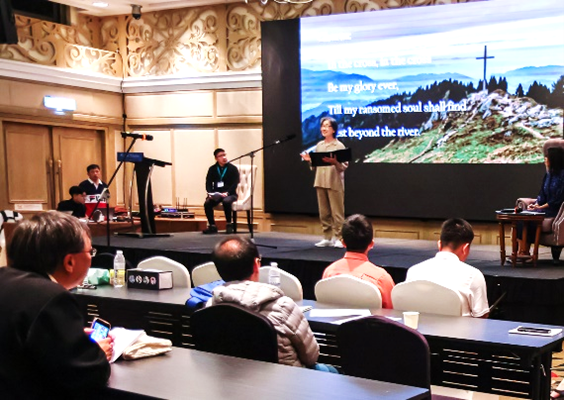
Fanny Crosby was a prayerful woman of faith. She was known to have never written a hymn text without first seeking the Lord in prayer on bended knees, asking Him to guide her in the writing. One of her most beloved hymns, All the Way My Saviour Leads Me, was the product of an experience she had of God answering her prayer. She needed five dollars desperately one day, and with no means to obtain this amount, she did the one thing she knew and prayed to God for help. Very shortly after, a stranger came by and gave her exactly five dollars. She wrote the poem immediately and Dr Robert Lowry set it to music.
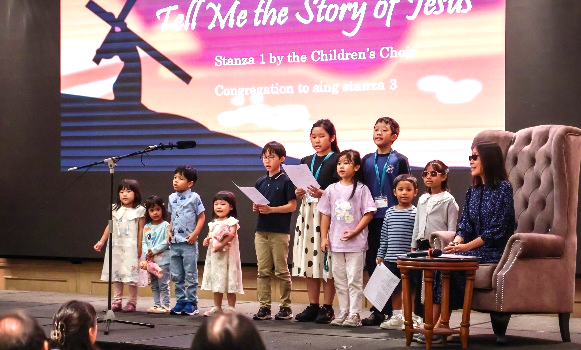
Though well-versed in the Bible from a young age, Fanny Crosby came to the saving knowledge of the Lord Jesus Christ personally only at the age of thirty-one. God used the cholera outbreak in New York City to awaken her spiritually and cause her to repent of her sins, trusting in Jesus personally to save her. It would be some thirteen years later that she gave herself fully to the writing of gospel hymn texts. Although she had a relatively late start in the service of God through hymn-writing, she redoubled her efforts and also served fervently as a city missions worker. The Lord bestowed upon her many years of faithful and fruitful ministry, calling her home at a ripe old age of ninety-five.
It is recorded that each time Fanny Crosby wrote a hymn, she prayed that it would bring people to Christ. She always looked forward to hearing reports of how her hymns had been used by God to lead souls to the Saviour, and it was her prayer that God would continually allow her to be used in this manner as long as she lived. God most certainly answered her prayer above and beyond what she had asked for (cf. Eph 3:20), as till this day He is still using her hymns to convict sinners and comfort and edify the saints. It is apt to conclude on this note, in Fanny Crosby’s own words taken from the hymn, To God Be the Glory:
Praise the Lord, praise the Lord,
Let the earth hear His voice!
Praise the Lord, praise the Lord,
Let the people rejoice!
O come to the Father through Jesus the Son,
And give Him the glory; great things He hath done.

